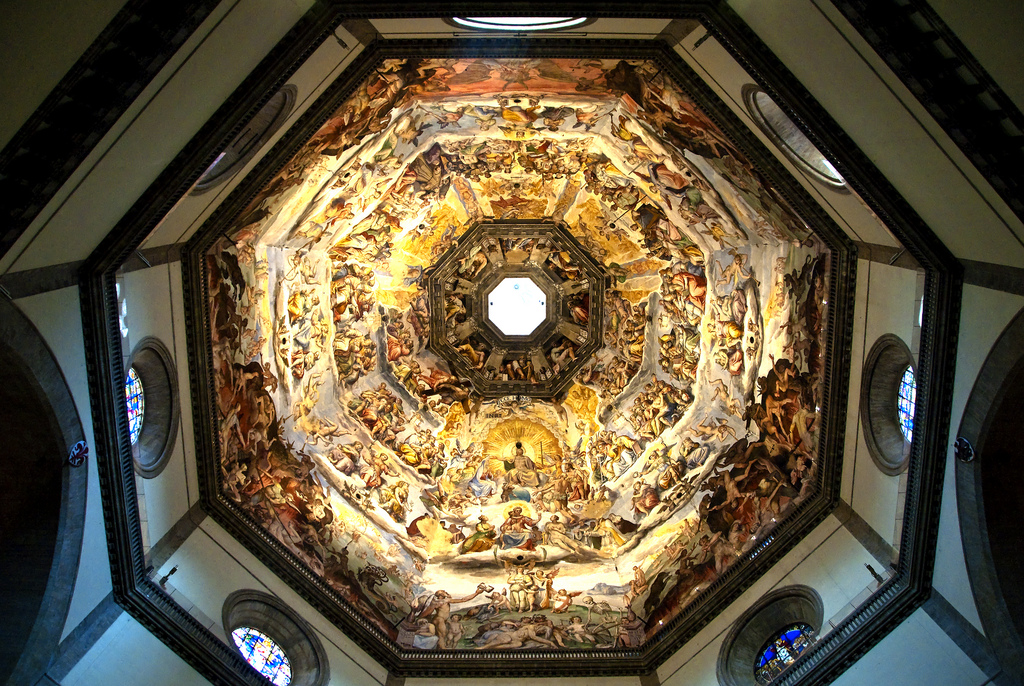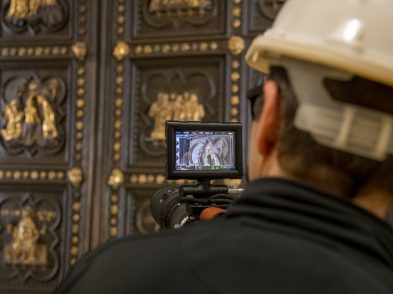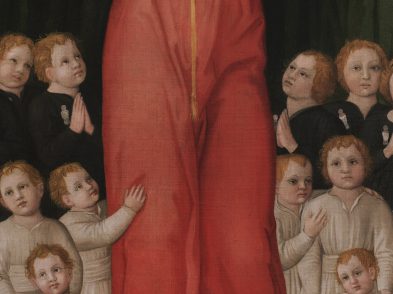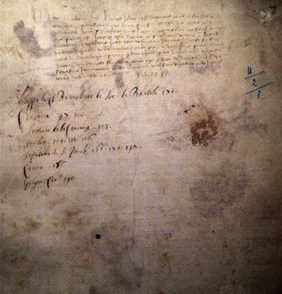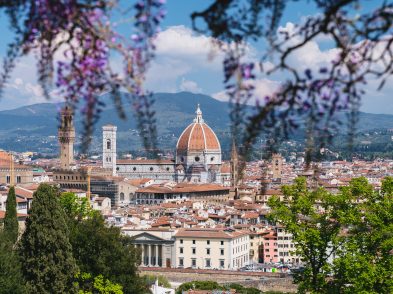Filmmaker David Battistella moved to Florence from Canada in 2011 to pursue his dream: writing and producing a feature film based on Ross King’s 2000 book Brunelleschi’s Dome, about the life of Filippo Brunelleschi and the building of Florence’s Cupola. This column, which began with TF 149, chronicles Battistella’s pursuit of his dream, including anecdotes of his new life in Florence and his efforts to finance and launch his ambitious project.
I am on a journey. My fascination with a book, a man and his buildings led me to Florence and perhaps I was not fully aware of where that journey would lead. But a world unfolds any time you are moving from one idea to another. Eventually, small questions lead to bigger ones. I know that. Nevertheless, I have to admit I was blindsided when I met an Irish sculptor named MacManus.
MacManus is intense. His dark eyes seem to penetrate one’s soul, and there is no doubt that he is on a personal artistic journey. In the shadow of the Cupola, MacManus and I spent a few hours talking about art, the road it can lead you on, and the personal and spiritual nature of artistic endeavor.
MacManus is Catholic, and our talk led to a discussion of faith. The conversation helped frame a very important question that I had previously been overlooking: what was the role of personal faith in Filippo Brunelleschi’s life?
The question penetrated my soul, too. Filming Filippo also means trying to figure out what his daily life might have been like. Although I was born into an Italian Catholic family, and baptized in the faith, until that moment, I had not considered faith as part of this equation. MacManus had reminded me that the very essence of the construction of the Cupola was of a divine nature, and the man who created it perhaps had deep faith.
Brunelleschi was engaging in a project that was beyond what he had ever done. He was stretching himself and his capacity to think and solve problems. He retold biblical stories through silver altarpieces, wooden carvings of the cross, the story of Isaac’s sacrifice of his son for the competition to make the doors of the Baptistery. Most or all of his important work was about some aspect of faith and the divine.
His supreme work, the Cupola, was part of the construction of a church. The job site where the men worked would eventually be consecrated, used as a place of worship for the Catholic faithful-in perpetuity, he may have hoped. It is still used for its intended purpose 700 years later. I was overwhelmed that I had not yet realized these basic and simple facts.
This chance awakening was not to be ignored. I knew that I had to experience the building as a working church, a parish composed of people carrying out a tradition in the same place that continued to celebrate a liturgical schedule since 1296. I needed to also become a witness and participant.
With renewed faith, I attended mass at the cathedral and experienced the building being used as it was intended. Sunday mass became a lovely time to think, to be under the vault and to watch a ritual repeat itself.
See photos inside the Duomo and the Cupola here: http://bit.ly/yWDMGj.

